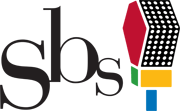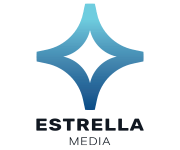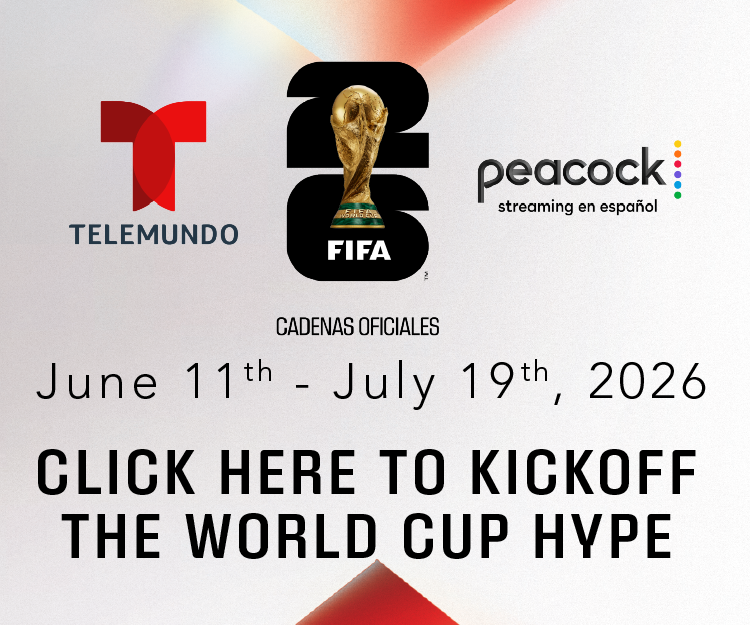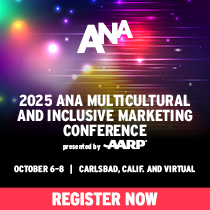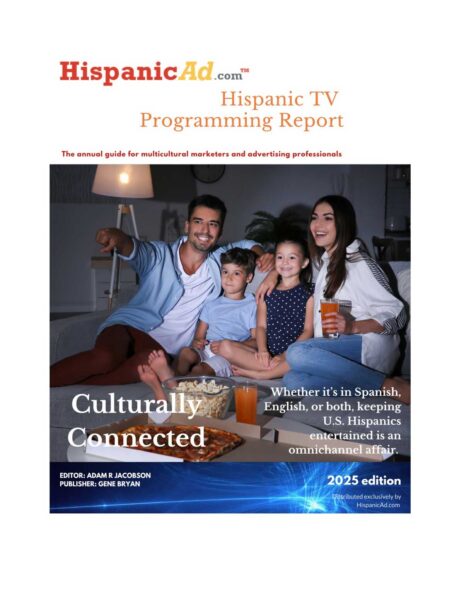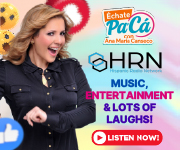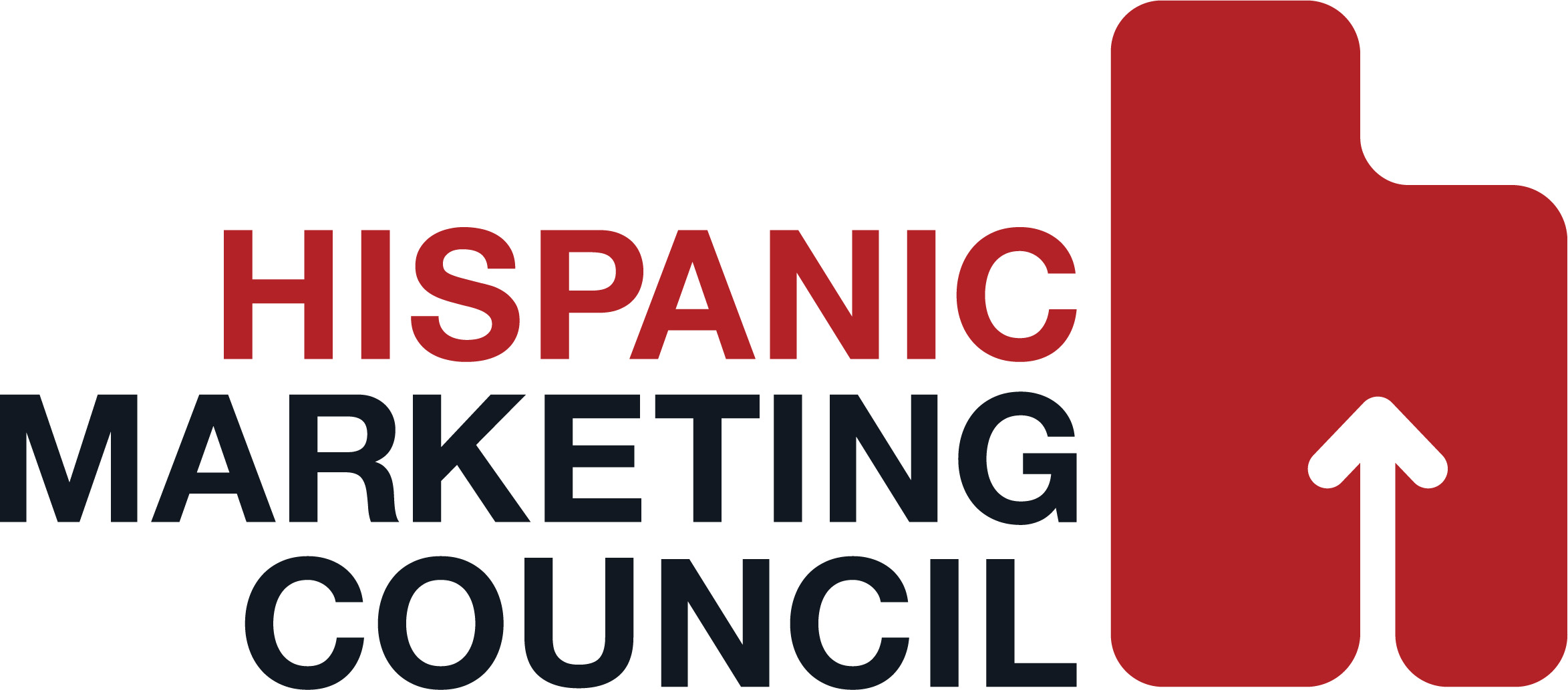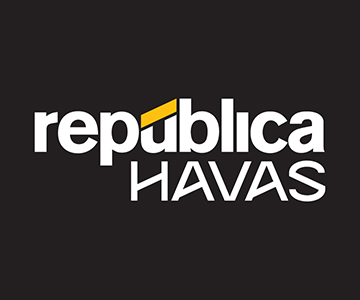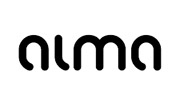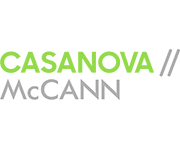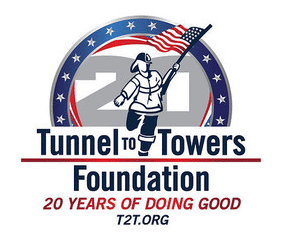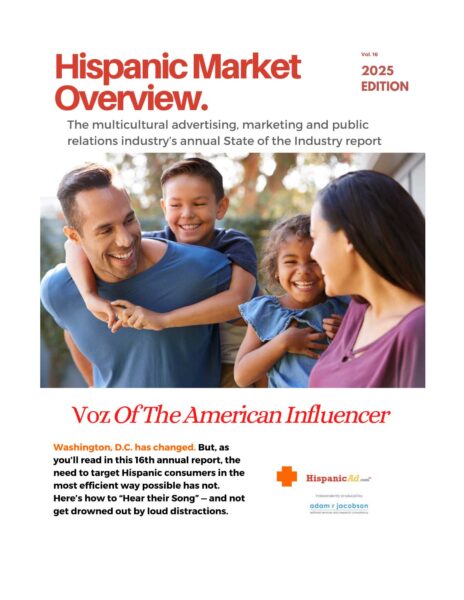¿Como se dice? bilingualism and how it has impacted advertising and the media
June 25, 2025

By Piper G. Hadsell
Many of us have been exposed to code-switching in the media from a very young age without realizing it. From cartoons teaching us basic survival Spanish on Nickelodeon to Netflix shows based on actual events, centering on a Colombian drug lord. There is an increasing number of cases in mainstream media that explore bilingual communication methods. Media is one of the building blocks of culture, and culture is a primary inspiration for advertising. Therefore, it is a natural progression for practices in the Hispanic marketing community to reflect the bilingual nature of the media. In this analysis, we will delve into the impact of code-switching on Hispanic audiences in both advertising and the media, as well as its influence on consumer behavior.
Predominantly seen in mainstream media, English-speaking viewers are becoming more exposed to the Spanish language and its significance through movies and shows streaming on popular platforms. Golden Globe recipient and Star of HBO’s The Last of Us, Pedro Pascal, is an excellent example of a Hispanic actor who takes on bilingual roles and embraces both English and his native language to tell a story on screen. In an interview with NPR, Pascal shares his opinions on using Spanish versus English to create a greater impact with dialogue, specifically in his role as Javier Peña on Netflix’s Narcos. Pascal states that despite growing up in the United States and speaking predominantly English in day-to-day life, there are circumstances that require passion, and Spanish is a much more impactful language to use. This interview reveals that specific phrases and words connect with the Hispanic community in ways that do not resonate with others. For example, in this interview, Pascal’s co-star Miguel Angel Silvestre shares that the phrase “te quireo” or “I love you” is a phrase taught to many children by their mothers and holds deep significance for many in the Hispanic community. When referencing this phrase, Silvestre states, “I can pretend that I feel it, but I am never going to feel it as I do when I say it in Spanish” (NPR, 2017). This insight highlights the importance of preserving elements of one’s original culture even when integrating into a new one. While there is a shift towards a more bilingual state with Hispanic communities, keywords and phrases remain a commonality that is shared throughout.
Conducted in 2014, A Nielsen neuroscience case study revealed that 38% of adult Hispanics in the United States were bilingual (Nielsen, 2014). This number has increased to roughly half (54%) of the Hispanic community within a nine-year range (Mendez, 2023). As linguistic statistics continue to favor members of the Hispanic community communicating in both English and Spanish, media content and marketing tactics must also evolve. This shift in language practices within the Hispanic community points to an increased level of cultural diffusion across the board. In turn, the “traditional American” culture is changing to incorporate more Hispanic elements and vice versa. In NPR’s interview regarding representation in the show Narcos, the host asks Pascal if he thinks representation matters in the media. His response, “We deserve to see the world we are living in and to experience empowerment,” encapsulates the need to show an accurate depiction of Hispanics in the media through mediums such as film and television (NPR, 2017). In today’s climate, that accurate depiction reflects a community that has blended elements of both Hispanic and American cultures, creating something new and recognizable among the second-largest population in the United States.
In terms of advertising, language is a key element. Especially when targeting a specific cultural demographic. To effectively communicate with an audience, marketers need to be aware of the statistics regarding language consumption. In other words, what are the most prominent languages spoken by our target audience? Once that data is retrieved, marketers can then mold their messages to fit a style that the consumer will best receive. For a bilingual audience, selecting a channel that can convey messages in a clear and understandable format is crucial. Primarily, when a channel is utilized to promote goods and services to consumers, a platform that has adopted bilingual marketing is none other than TikTok. TikTok, one of the most popular social media platforms in the United States, has created a space for both creatives and businesses to share their work with audiences from diverse cultural backgrounds. The social media platform claims, “Bilingual audiences are the future of marketing on and off TikTok…Hispanics will become a third of the population by 20260” (TikTok, 2024). With this projection in mind, TikTok has created a platform where brands can cultivate connections with audiences by implementing the Spanish language in their ads and utilizing partnerships with content creators and celebrities from the Hispanic community. One of the primary ways TikTok has become accessible for not only bilingual audiences but also those who only speak Spanish is by offering voiceovers, captions, and audio tracks in Spanish. By offering a diverse language-based selection, TikTok enables the prospective buyer pool to expand beyond an English-exclusive audience.
TikTok’s business model regarding bilingual marketing is something that others should take note of. When it comes to balancing English, Spanish, or bilingual content, a one-size-fits-all approach will not be practical. Alternatively, marketers should create segments based on acculturation levels. Those who fall into a more Spanish-forward segment may prefer content that speaks more to traditional Hispanic culture and language. In contrast, those who have integrated more fully into American culture may be more receptive to a bilingual message that incorporates a mix of cultural elements. Brands that utilize bilingual dialogue in their advertisements can create stronger bonds with consumers by providing representation.
Ultimately, using language strategically can capture an audience’s attention and highlight cultural nuances that will strengthen bonds with bilingual consumers. A great example of a brand utilizing multiple languages in an advertisement is Duolingo, the language learning app (Langer, 2023). This advertisement incorporates the hit peacock series Love Island, a reality dating show, and language learning in a comedic way that resonates with Gen Z and millennial audiences, as that is the primary demographic for the series. This advertisement was successful not only due to its multicultural representation but also due to its incorporation of pop culture.
Overall, to effectively reach U.S. Hispanics, brands must tailor language strategies based on research-backed insights into generational, regional, and cultural differences. Older, Spanish-dominant audiences prefer formal, culturally respectful tones and traditional media, such as TV and radio. At the same time, younger, bilingual Hispanics favor casual, Spanglish-infused messaging on digital platforms like TikTok and Instagram. Regional dialects also matter as campaigns should be localized to reflect the dominant Hispanic heritage of each market, whether Mexican, Caribbean, or Central American. Rather than direct translation, brands should utilize more subjective elements to ensure that messaging is culturally relevant, emotionally resonant, and authentic.
In conclusion, language is far more than a means of communication or tool; it is a cultural connector that shapes identity, influences consumer behavior, and fosters emotional resonance. As code-switching and bilingual representation become more normalized in mainstream media, advertisers must evolve their strategies to reflect the lived experiences of Hispanic audiences. This means going beyond translation to embrace cultural nuance, regional dialects, and generational shifts in media consumption. Platforms like TikTok have set the standard by providing bilingual access and fostering authentic connections through culturally fluent content. By thoughtfully integrating both English and Spanish into their messaging, brands not only expand their reach but also build trust and loyalty with one of the fastest-growing and most culturally influential populations in the U.S.
References
Langer, Bridget. 2023. 6 successful multilingual marketing campaigns to inspire you. https://veracontent.com/mix/multilingual-marketing-campaigns/
Mendez, Brian. 2023. 54% of US Hispanics are Bilingual. Can Your Brand Speak to Them? https://www.siriusxmmedia.com/insights/54-of-us-hispanics-are-bilingual-can-your-brand-speak-to-them
Nielsen. 2014. The Bilingual Brain: Maximizing Ads for Hispanic Millennials. https://www.nielsen.com/insights/2014/the-bilingual-brain-maximizing-ads-for-hispanic-millennials/
NPR. 2017. Talking Representation with the Stars of Narcos. https://www.npr.org/2017/10/06/554566522/talking-representation-with-the-stars-of-narcos
TikTok. 2024. How bilingual ads drive results for brands on TikTok. https://ads.tiktok.com/business/en-US/blog/bilingual-ads-spanish-hispanic-audience?acq_banner_version=73758464






